May Day Festival 2015
The whole School was out in full celebratory force for our May Day Festival on May 1st. Kindergarten children made ‘May Crowns’ of fresh flowers (symbolising the arrival of spring and new growth) before dancing and singing around the Maypole, sharing a feast and enjoying a seasonal puppet story. Classes 1&2 and 3&4 performed and presented in the May Day Assembly, with Class 5&6 performing a joyful May Pole dance accompanied by drums and fire, dressed in their handmade medieval costumes.
In ancient times May Day celebrated the beginning of summer. The Maypole probably represented the tree of life and fertility, while children and adults wore flowers as a symbol of the Spring Goddess Flora. In modern times both are good, festive fun, and a reminder that warmer days are ahead.
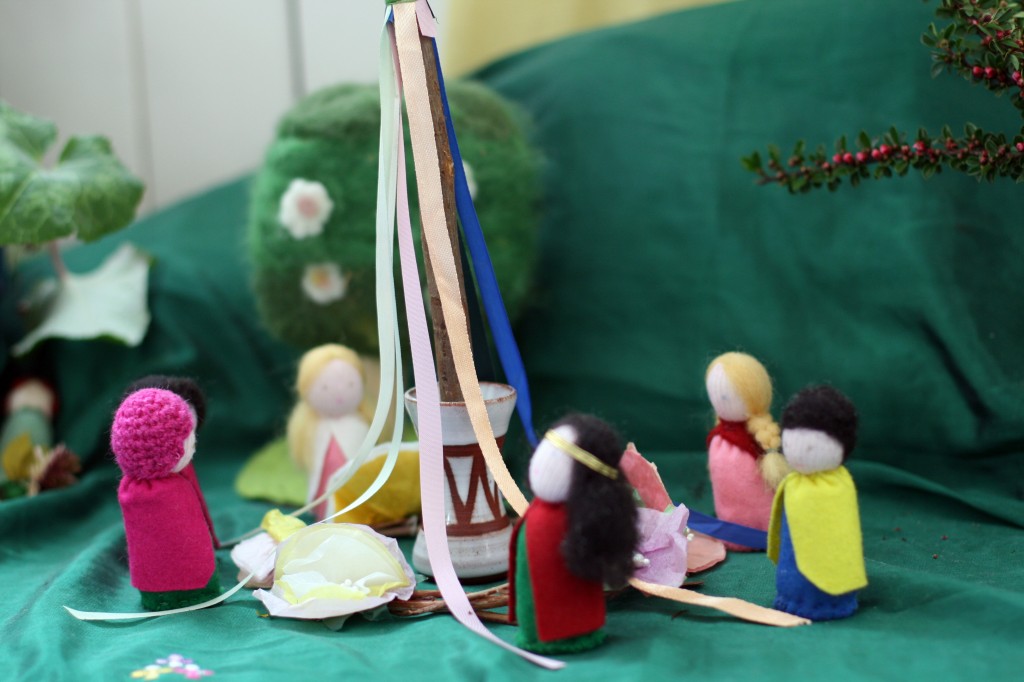
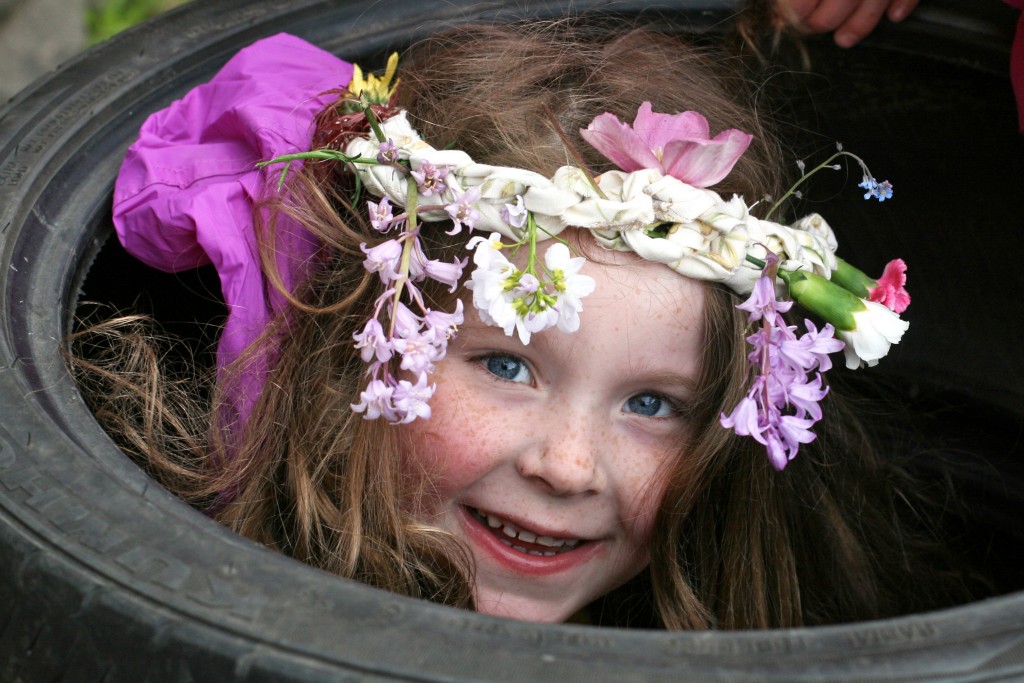
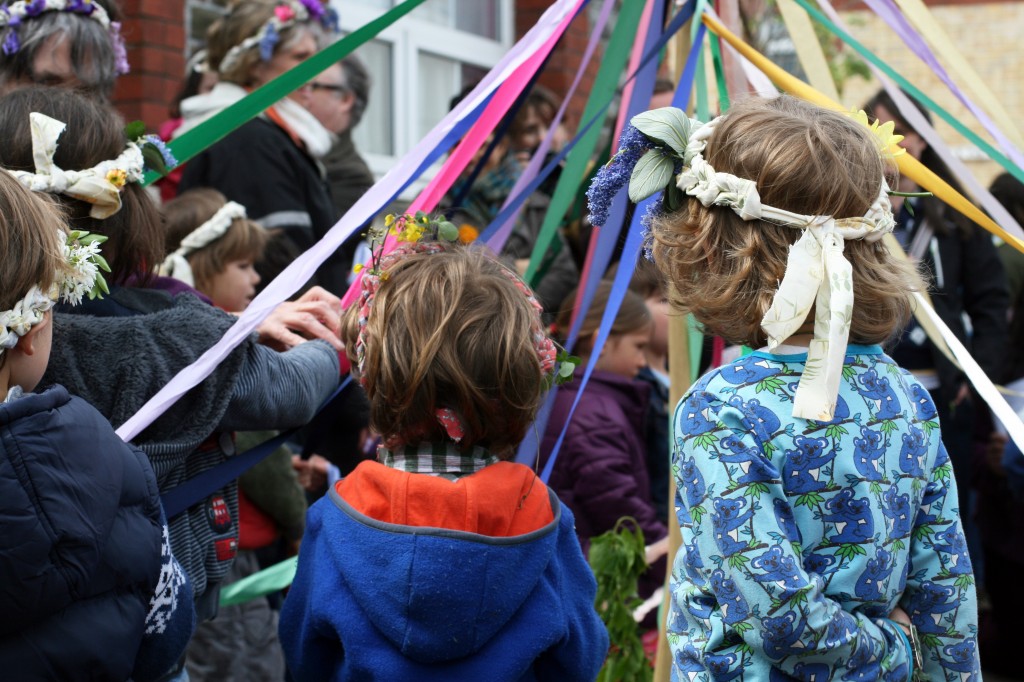
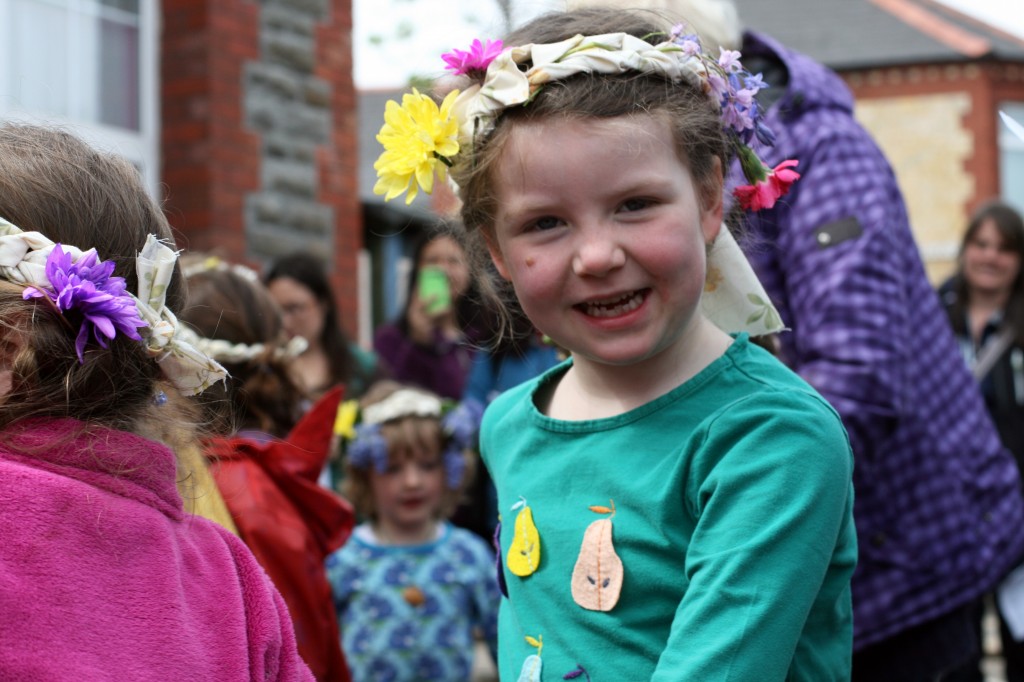
Festivals in the Steiner Curriculum
The experience of the festivals is an important element in Steiner education and a much loved school tradition, standing as beacons across the changing year.
Festivals connect us with the changing seasons, establish a yearly rhythm for the children, and provide an opportunity for participation and celebration by the whole school community. They are social events, nourishing our souls through the sharing of stories, food, songs and activities, as well as giving space for inner reflection and bringing warmth to the relationship between school and home.
Festivals play an important part in the life of the child, awakening their natural reverence and a respect for the spiritual essence in us all. In addition to the community wide festivals, teachers celebrate other festivals in the Kindergarten and classroom, including those connected to the different cultures being studied, or the different cultures and faiths of the students themselves.
Festivals focus on significant markers of seasonal change (Winter Solstice, Harvest, Spring) and values and virtues central to human development -the Michaelmas Festival with its theme of courage and inner strength and the Advent Spiral celebrating each child, the gifts and light they bring.
The curriculum incorporates the festivals’ themes in lessons and class activities, with the rich history and traditions demonstrated in our festivals and assemblies. The festival motifs are introduced in the classroom through storytelling, song, drama, movement, and decoration. Some of our festivals specifically focus on particular classes, while most are celebrated by the entire community in school-wide festivals, assemblies, student performances and whole community fairs.
Our whole School community gather to both witness the students in public performances and to participate in celebrations. It is the communal nature of the festivals that connect parents, teachers, friends and family to the children for meaningful celebration and bonding of community ties. More photos on our Facebook Page>>
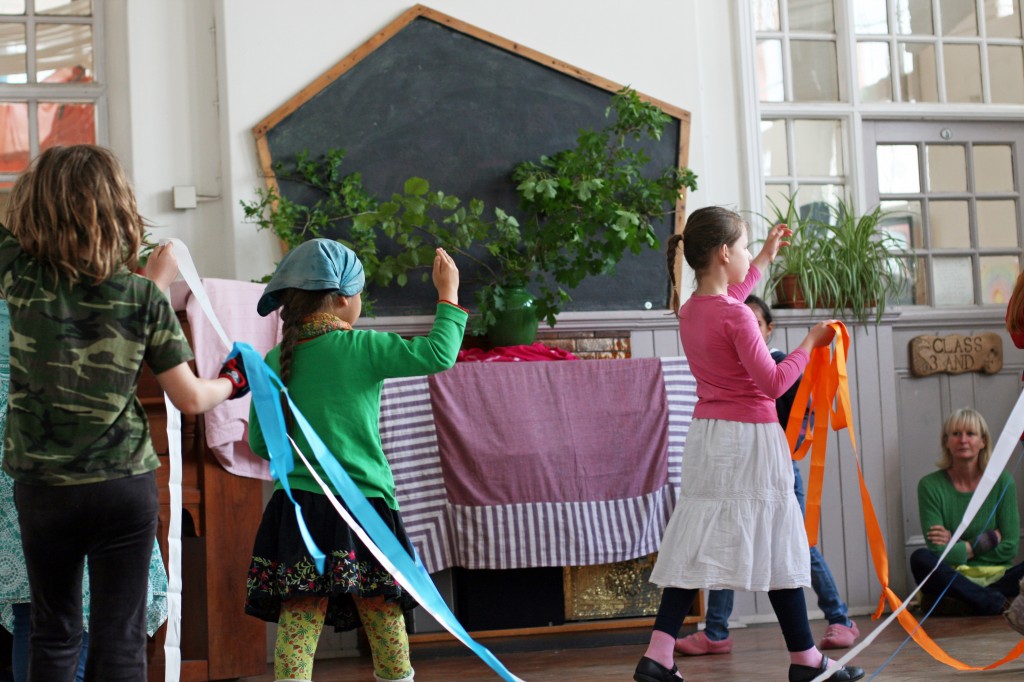
![]()
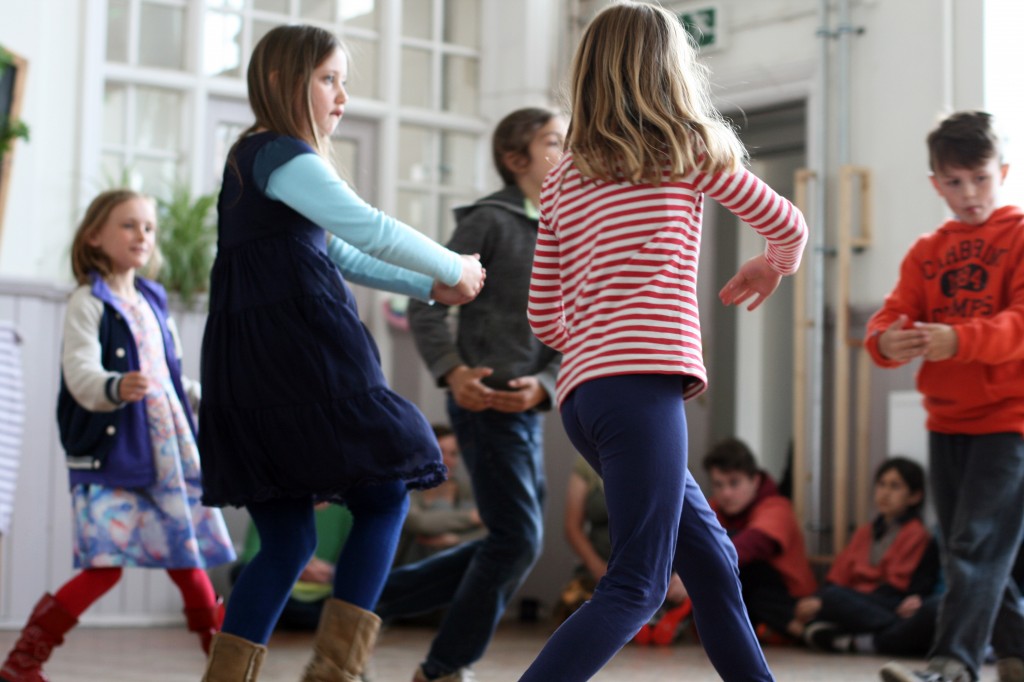
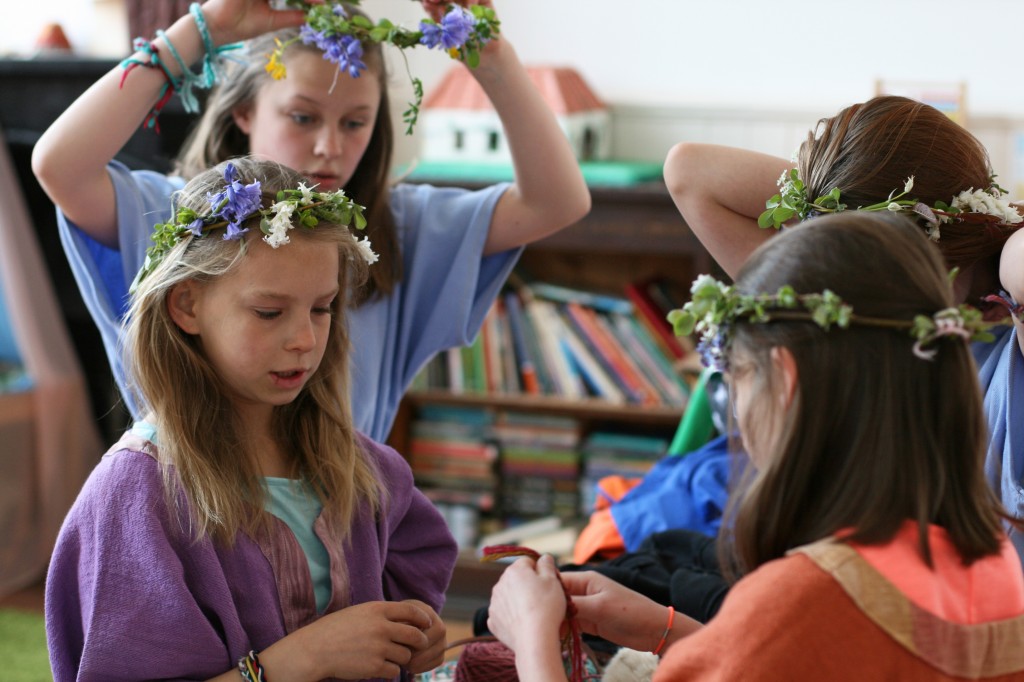
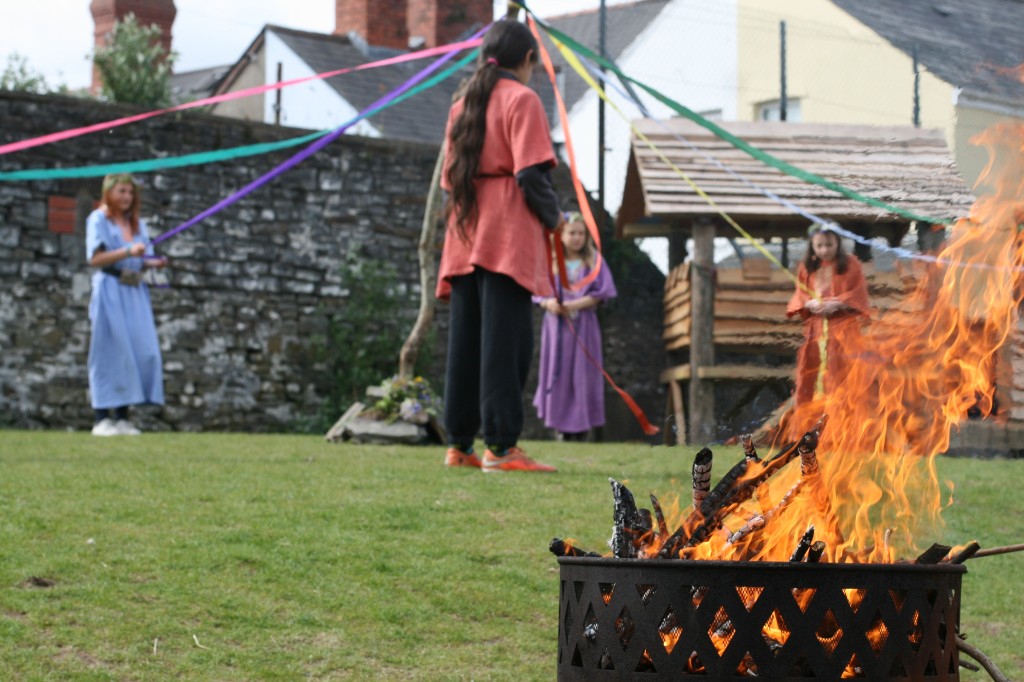
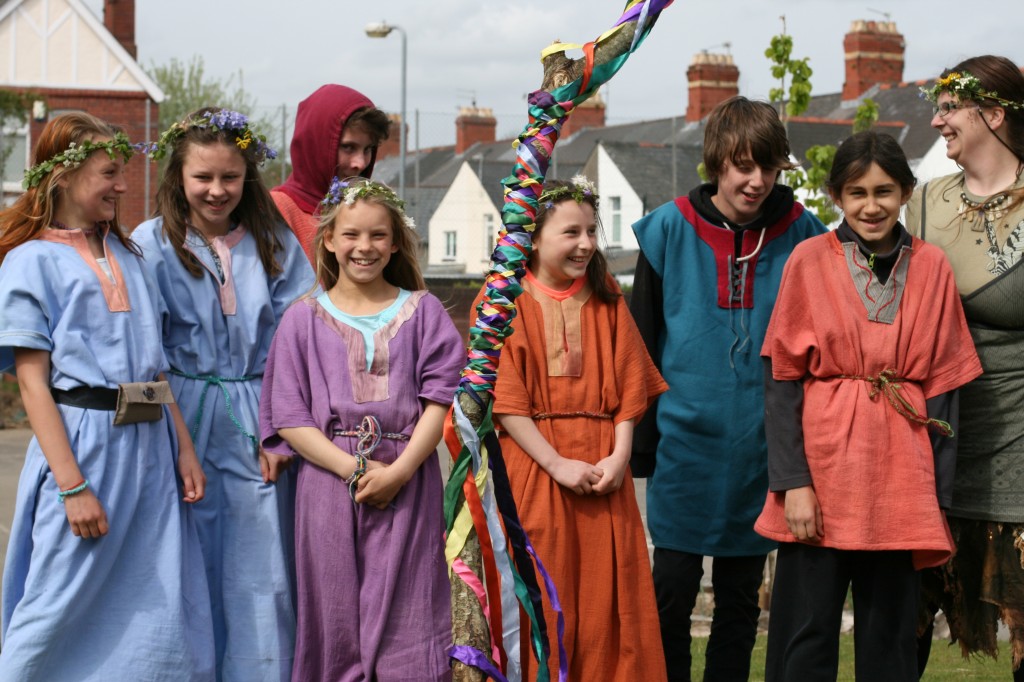
More photos on our Facebook Page>>
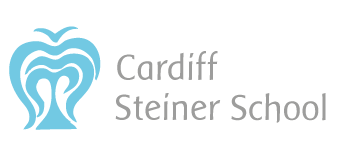
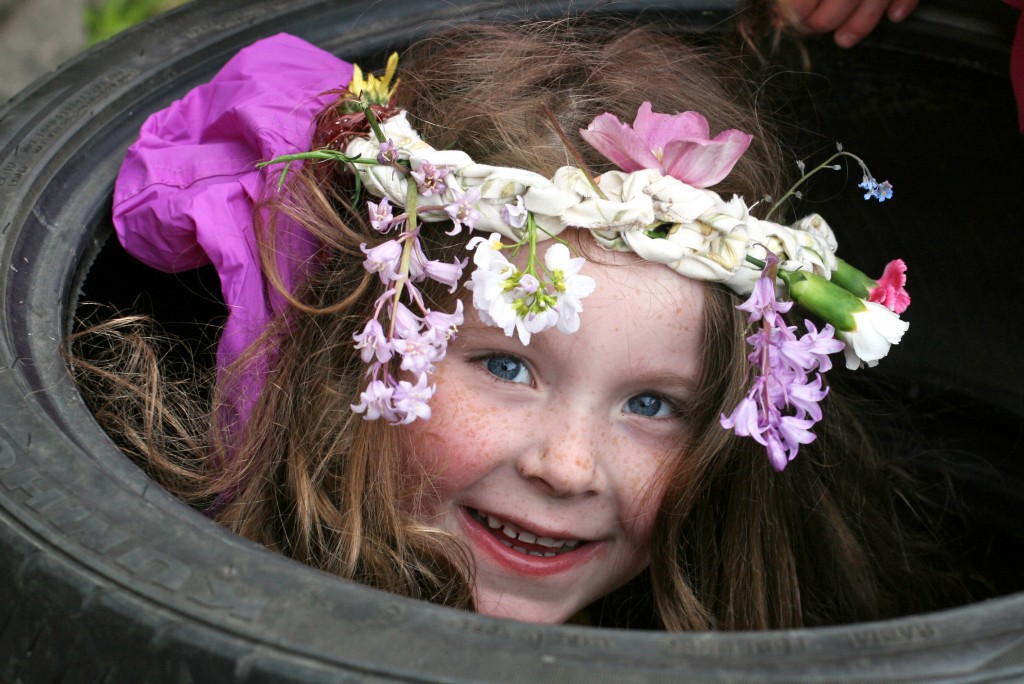
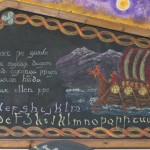
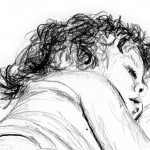
Leave a Reply
Want to join the discussion?Feel free to contribute!